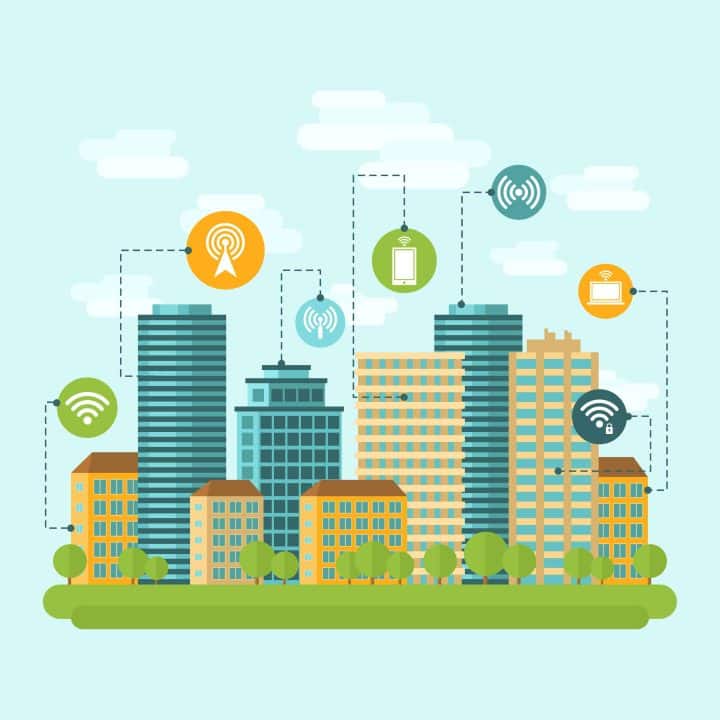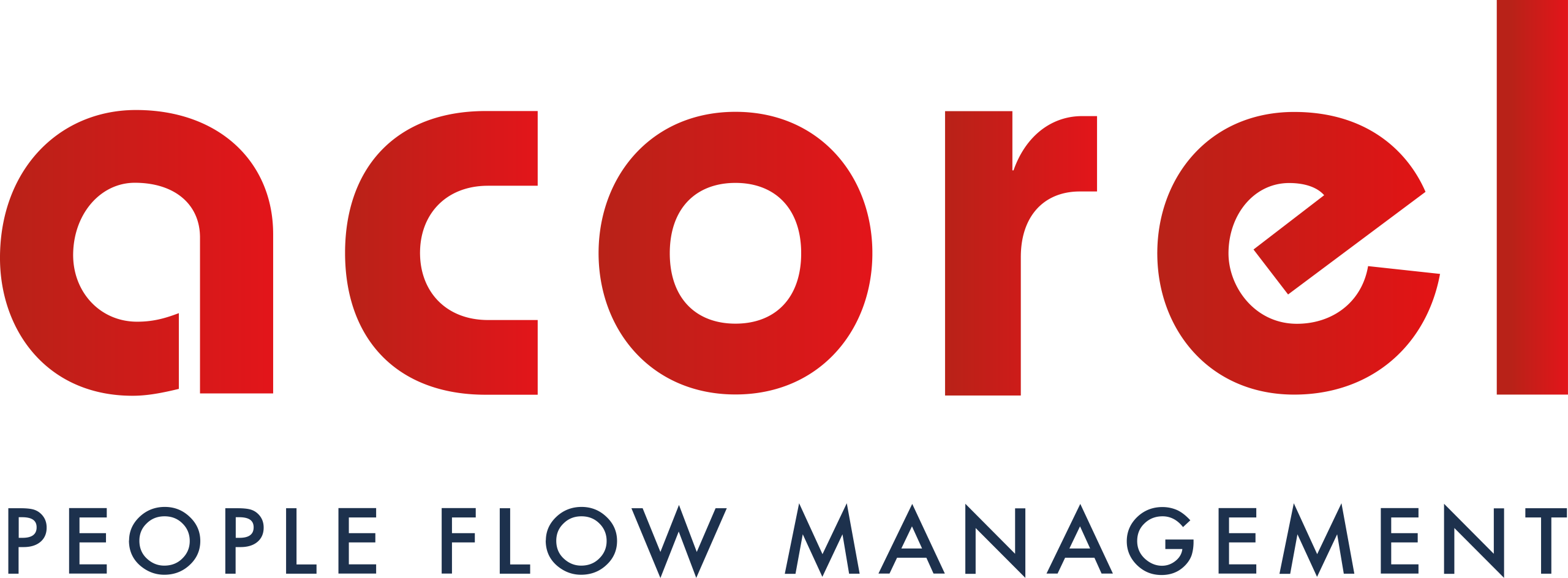Public areas are essential to daily life, accommodating thousands of people each day. Ensuring the safety and comfort of these individuals is a priority for the managers of these establishments. Technological advancements now allow these requirements to be met through data counting analysis software. These tools offer optimized management of people flows, transforming the way ERPs operate.
Challenges of public areas in terms of safety and comfort
Public areas, whether they are shopping centers, stadiums, museums, or hospitals, face numerous challenges. Fire safety, crowd control, emergency management, and improving user experience are concerns that require continuous monitoring and management. Additionally, the COVID-19 pandemic has heightened the importance of controlling flows to adhere to social distancing measures and avoid excessive gatherings.
Data counting analysis software in public areas
Data counting analysis software uses sophisticated sensors and advanced algorithms to collect and analyze real-time data on the number of people present in a given space. These systems can include cameras, infrared sensors, passage counters, and motion detection devices. The collected data is then processed to provide precise and actionable information.

Transformation of flow management
Real-time monitoring
One of the main advantages of data counting analysis software is the ability to monitor in real time the number of people present in different areas of an ERP. This monitoring allows managers to react quickly in case of overcrowding, direct flows efficiently, and avoid human traffic jams. For example, in a shopping center, it is possible to redistribute visitors to less crowded areas, thus improving comfort and safety.
By identifying high-traffic areas, managers can plan more effective preventive maintenance operations. This includes regular cleaning of sanitary spaces, checking air conditioning systems, and maintaining infrastructure to ensure a safe and clean environment for visitors.
Emergency management
In case of emergencies, such as a fire or evacuation, counting data plays a crucial role. The software provides precise information on the location and number of people, allowing for quicker and safer evacuations. Rescue teams can also use this data to locate individuals who are trapped or in danger.
Resource optimization
Counting data also enables better resource management. For instance, in a museum, visitor numbers can vary throughout the day. Real-time data allows for the regulation of the necessary personnel to ensure security and visitor reception. Similarly, infrastructures such as restrooms and rest areas can be maintained more efficiently based on their usage.
Improvement of visitor comfort
Reduction of waiting times
Long queues are a major source of discomfort for visitors. With counting data, managers can identify peak times and adjust resources accordingly, such as opening more cash registers or adding staff at entry points. This reduces waiting times and improves the user experience.
Space management
Intelligent distribution of visitors across different spaces of an ERP is essential for their comfort. For example, in a museum, managers can use counting data to balance the population density between various exhibitions, avoiding overly crowded areas and allowing everyone to fully enjoy the exhibits presented.
For more information, click here
